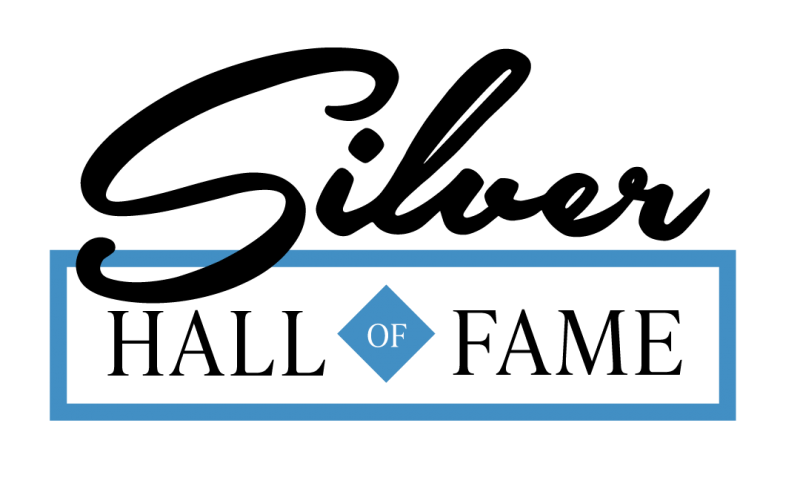Sterling Silver
Sterling silver is an alloy of silver containing 92.5% by weight of silver and 7.5% by weight of other metals, usually copper. The sterling silver standard has a minimum millesimal fineness of 925.Tiffany & Co. pitcher. c. 1871. Pitcher has paneled sides, and repoussé design with shells, scrolls and flowers. Top edge is repousse arrowhead leaf design.
Fine silver, for example 99.9% pure silver, is relatively soft, so silver is usually alloyed with copper to increase its hardness and strength. Sterling silver is prone to tarnishing, and elements other than copper can be used in alloys to reduce tarnishing, as well as casting porosity and firescale. Such elements include germanium, zinc, platinum, silicon, and boron. Recent examples of alloys using these metals include argentium, sterlium, sterilite and silvadium.
Etymology
One of the earliest attestations of the term is in Old French form esterlin, in a charter of the abbey of Les Préaux, dating to either 1085 or 1104. The English chronicler Orderic Vitalis (1075 – c. 1142) uses the Latin forms libræ sterilensium and libræ sterilensis monetæ. The word in origin refers to the newly introduced Norman silver penny.
According to the Oxford English Dictionary, the most plausible etymology is derivation from a late Old English steorling (with (or like) a "little star"), as some early Norman pennies were imprinted with a small star. There are a number of obsolete hypotheses. One suggests a connection with starling, because four birds (in fact martlets) were depicted on a penny of Edward I.
Another argument is that the Hanseatic League was the origin for both the origin of its definition and manufacture, and in its name is that the German name for the Baltic is "Ost See", or "East Sea", and from this the Baltic merchants were called "Osterlings", or "Easterlings". In 1260, Henry III granted them a charter of protection. Because the League's money was not frequently debased like that of England, English traders stipulated to be paid in pounds of the Easterlings, which was contracted to sterling. and land for their Kontor, the Steelyard of London, which by the 1340s was also called "Easterlings Hall", or Esterlingeshalle. The Hanseatic League was officially active in the London trade from 1266 to 1597. This etymology may have been first suggested by Walter de Pinchebek (ca. 1300) with the explanation that the coin was originally made by moneyers from that region. The claim has also been made in Henry Spelman's glossary (Glossarium Archaiologicum) as referenced in Commentaries on the Laws of England by William Blackstone. Yet another claim on this same hypothesis is from William Camden, as quoted in Chamber's Journal of Popular Literature, Science and Arts, Volume 4. By 1854, the tie between Easterling and Sterling was well-established, as Ronald Zupko quotes in his dictionary of weights.
The British numismatist Philip Grierson disagrees with the "star" etymology, as the stars appeared on Norman pennies only for the single three-year issue from 1077–1080 (the Normans changed coin designs every three years). Grierson's proposed alternative is that "sterling" derives from "ster" meaning "strong" or "stout", by analogy with the Byzantine solidus, originally known as the solidus aureus meaning "solid gold" or "reliable gold". In support of this he cites the fact that one of the first acts of the Normans was to restore the coinage to the consistent weight and purity it had in the days of Offa, King of Mercia. This would have been perceived as a contrast to the progressive debasement of the intervening 200 years, and would therefore be a likely source for a nickname.
S.E. Rigold disputes the origin being Norman, stating, "that, while medieval British coins seldom copy or are copied by those of France, they have many typological connexions with the lands to the east—the Netherlands, the Baltic, Germany, and even deeper regions of central Europe."
Last Updated on: 2021-08-01
